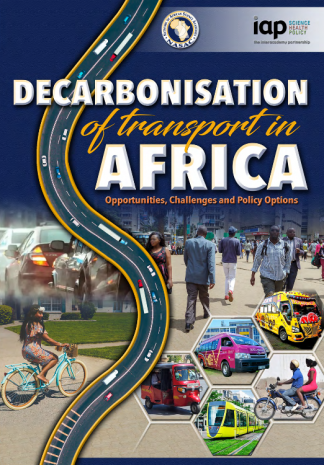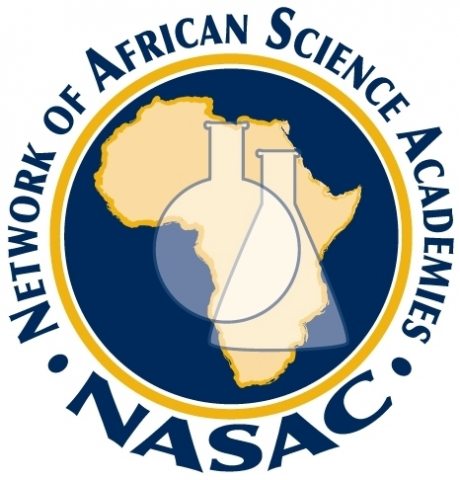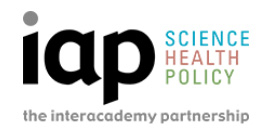Through this project, NASAC and IAP are contributing to the realization of the 2015 Paris Agreement, Sustainable Development Goals (SDGs), and the Africa’s Agenda 2063. The Paris Agreement sets an ambitious goal of limiting global warming to 1.5 Celsius above pre-industrial levels. To achieve this, global greenhouse gas emissions must peak by 2025, decrease by 43 percent by 2030, and reach net zero by 2050, as outlined by the Intergovernmental Panel on Climate Change (IPCC). The transportation sector is a significant contributor to global greenhouse gas emissions, accounting for nearly a quarter of total emissions globally. To address the growing climate change crisis, it is critical to decarbonise all sectors including transportation.
This project was undertaken with the guidance of a Working Group, managed in partnership with the InterAcademy Partnership (IAP) and financially supported by the Climate Works Foundation and the African Climate Foundation. Since 2022 the project had endeavoured to assess the challenges and opportunities for decarbonisation of transport in Africa by addressing cross-cutting issues of policies, institutional and technical capacity, strategies, technologies, financing, and social considerations. NASAC and IAP instituted Working Group members comprising of international experts from the fields of transport systems, finance, policy, advocacy, digitisation, electrification, and energy.
Through the study, NASAC and IAP propose priority actions and reference case studies to decision-makers and stakeholders for the decarbonisation of transport in Africa. These stakeholders include, but are not limited to, the African Union and its RECs (Regional Economic Communities) as well as other subregional entities, and national and local governments, including ministries of transport, environment and finance. It is also hoped that the international development community and financial institutions will also find the report invaluable when making strategic and funding decisions that impact decarbonisation of transport in Africa.
A summary of this report is available here.
A version of the report in French is available here.


